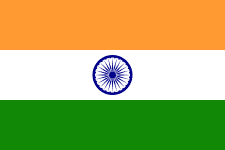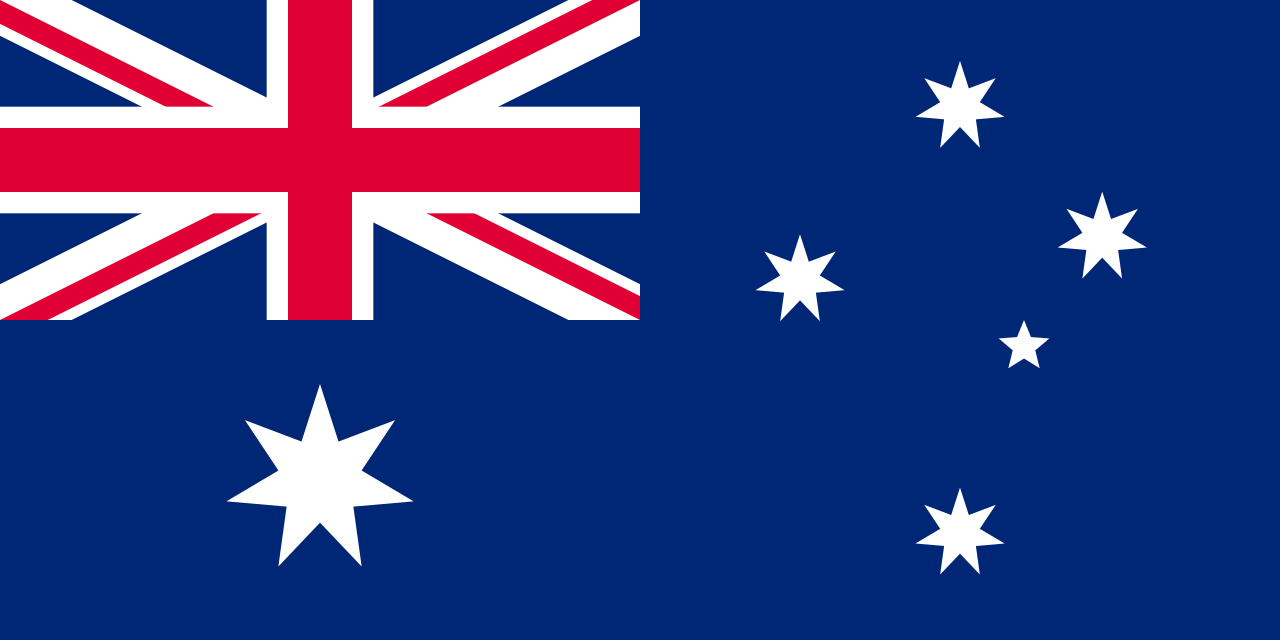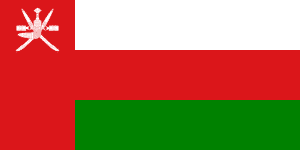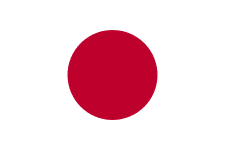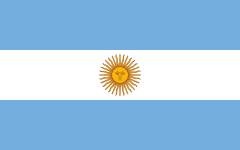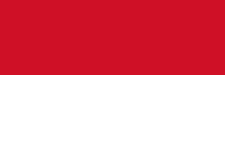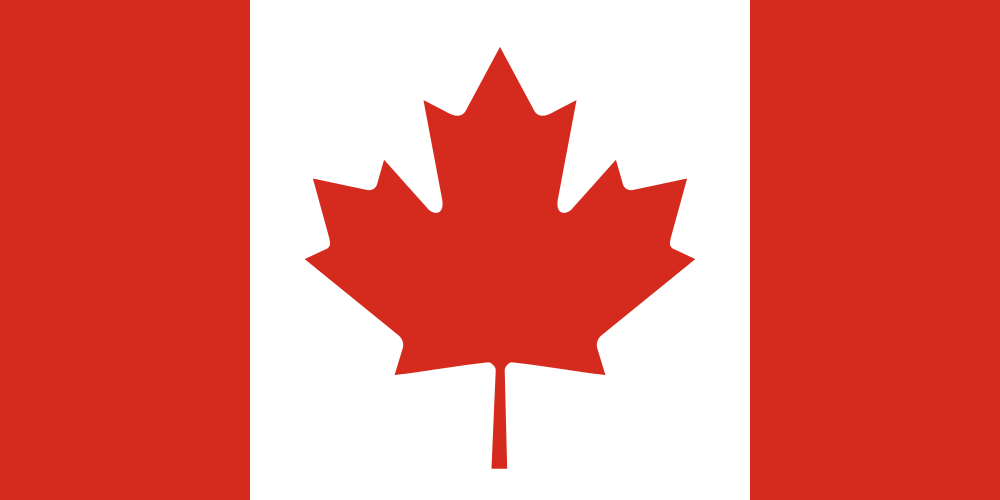- Industry
- Region
- Country / Region
On March 5, 2025, the Telecommunication Engineering Centre (TEC) of India issued an announcement numbered 6-35/2024-CA/TEC. The announcement proposes that in order to support start-ups and micro- and micro-sized enterprises, the Ministry of Telecommunications has decided to subsidize the cost of testing for start-ups and micro- and micro-sized enterprises under the mandatory/voluntary testing and certification scheme, which will be implemented by TEC.
Subsidies may be provided for tests carried out at TEC or National Communications Security Centre (NCCS) designated/accredited laboratories, NABL accredited laboratories if there is no TEC designated CAB in India for a particular type of testing. 75% of the fee is subsidized for start-ups, 60% for micro-enterprises, and 50% for small businesses. The total cost is 250 million rupees (about 21.23 million CNY), and the subsidy will be implemented for two years.
Click this link to view the original announcement.
The Cybersecurity Act 2024 has become official Australian law. As part of the implementation of the law, on March 4, 2025, the Australian Department of Home Affairs introduced the Cyber Security (Security Standards for Smart Devices) Rules 2025, which set mandatory cybersecurity requirements for consumer-grade smart devices.
The Rule will begin on March 4, 2026, giving manufacturers and distributors one year to ensure compliance. Manufacturers and distributors must comply with strict safety measures similar to EN 303 645, including:
- It is forbidden to use a universal default password;
- implement a vulnerability reporting mechanism;
- Define the support period for security updates.
To sell consumer IoT products in Australia, businesses must provide a declaration of compliance confirming compliance with these security standards. The document must include: product type and batch identifier; Manufacturer and representative details; Declaration of Compliance; support period information; Location, date, and signature.
Click this link to view the original Cyber Security (Security Standards for Smart Devices) Rules 2025.
Oman's Telecommunications Regulatory Authority (TRA) issued a press release on March 1, 2025, announcing the allocation of a portion of the resources of the 26 GHz band for experimentation and development of 5G and 6G technologies.
Click the link to view TRA's original press release.
On February 27, 2025, the Ministry of Internal Affairs and Communications (MIC) issued Decree No. 5 of the Ministry of Internal Affairs and Communications to revise the Radio Law. This revision uses the 433 MHz band for TPMS and remote keyless entry services.
Click on this link to view the original MIC regulatory amendments.
Argentina: Secretariat of Industry and Commerce updates safety requirements for electrical equipment
On 25 February 2025, the Secretariat of Industry and Commerce of the Ministry of Economy of Argentina issued a resolution Resolution 16/2025, Resolution 17/2025 and Resolution 26/2025, which sets out the basic requirements for the quality and safety of electrical equipment. These resolutions include updates to power cord plug labels.
As of February 26, 2025, the following resolutions will no longer be valid (the original certificate is valid for 1 year):
- Resolution 169/2018 on Electrical Safety;
- Resolution No. 731/1987 on the labelling of power cords for Class I and II products;
- Resolution No. 524/1998 on minimum safety conditions for plugs and sockets.
Manufacturers and importers must submit a declaration of conformity and comply with the conformity assessment procedures necessary to sell products in Argentina. As of October 1, 2025, the conformity mark, i.e. the seal of conformity and the QR code, must be affixed to the product or the main packaging of the product.
On February 25, 2025, the Telecommunication Engineering Centre of India (TEC) issued an announcement numbered No. 5-2/2024-TC/TEC (Pt.1) announcing the list of Phase VI products of MTCTE (Mandatory Testing and Certification Procedure). The mandatory certification date will take effect on August 24, 2025. A total of 14 categories of products are included in MTCTE supervision, including cellular network CPE, fixed wireless telephones, etc.
Click this link to view the original TEC announcement.
On February 21, 2025, Indonesia's Directorate General for Digital Infrastructure (DJID, formerly SDPPI) announced on its website that the Minister of Communications and Digital Affairs Decree No. 12 of 2025 on Technical Standards for Telecommunication Equipment/Equipment for Radio Spectrum and Radio Local Area Network Based on Class Licenses has entered into force on January 15, 2025. For products operating at 2400-2483.5 MHz, 5150-5250 MHz, 5250-5350 MHz and 5725-5825 MHz, a transition period of up to 6 months will be provided, during which the original SDPPI Regulation No. 2 of 2019 can be used.
Click on this link to view DJID's news for this announcement.
On February 21, 2025, Indonesia's Directorate General for Digital Infrastructure (DJID, formerly SDPPI) announced on its website that the Minister of Communications and Digital Affairs Decree No. 46 of 2025 – "Radio Spectrum and Technical Standards Based on Wireless Power Transmission Category Licensing" has been published and will come into force on February 18, 2025. For different wireless charging operating frequency bands, the international standards referred to in the decree are EN 303 417 and EN 300 330 respectively.
With the promulgation of this Decree, the part of the Decree of the Minister of Communications and Information No. 260 of 2024 on the Technical Standard for Short-Range Equipment (SRD) concerning wireless charging has been replaced.
Click this link to view the original DJID press release, and this link to check the original document of KOMDIGI Decree No. 46 of 2025.
On 20 February 2025, Innovation, Science and Economic Development Canada (ISED) launched a public consultation on the radio standards specification RSS-247 Issue 4 "Digital Transmission Systems, Frequency Hopping Systems and Licence-Exempt Local Area Network Devices in 902-928 MHz, 2400-2483.5 MHz, 5150-5350 MHz, and 5470-5895 MHz bands". The standard outlines the technical requirements for the following systems: Digital Transmission System (DTS), Frequency Hopping System (FHS), Hybrid System, and License-Free Local Area Network (LE-LAN).
Click this link to view the original public consultation, and the comment period is until 5 May 2025.
On February 18, 2025, the Directorate General of Digital Infrastructure (DJID, formerly SDPPI) of Indonesia issued an announcement numbered B-229/DJID.3/SP.04.06/02/2025. The announcement cites Decree No. 13 of 2025 issued by the Ministry of Communications and Digital (KOMDIGI) on January 15, 2025. The decree establishes non-MRA foreign testing laboratories for the certification of telecommunications equipment. The authorization is valid from January 1, 2025 to December 31, 2026, but DJI also mentioned in the announcement that it will re-evaluate and update the list of authorized laboratories by the end of 2025. DJI once again emphasizes that as of January 1, 2027, only reports from MRA National Testing Laboratories will be accepted.
CTTL Terminal Labs has once again obtained all the qualifications for mobile phones and tablets (HKT) and other equipment (non-HKT).
Click on this link to view DJID's news for this announcement, click this link to view the original text of KOMDIGI's Legislative Decree No. 13 of 2025.
